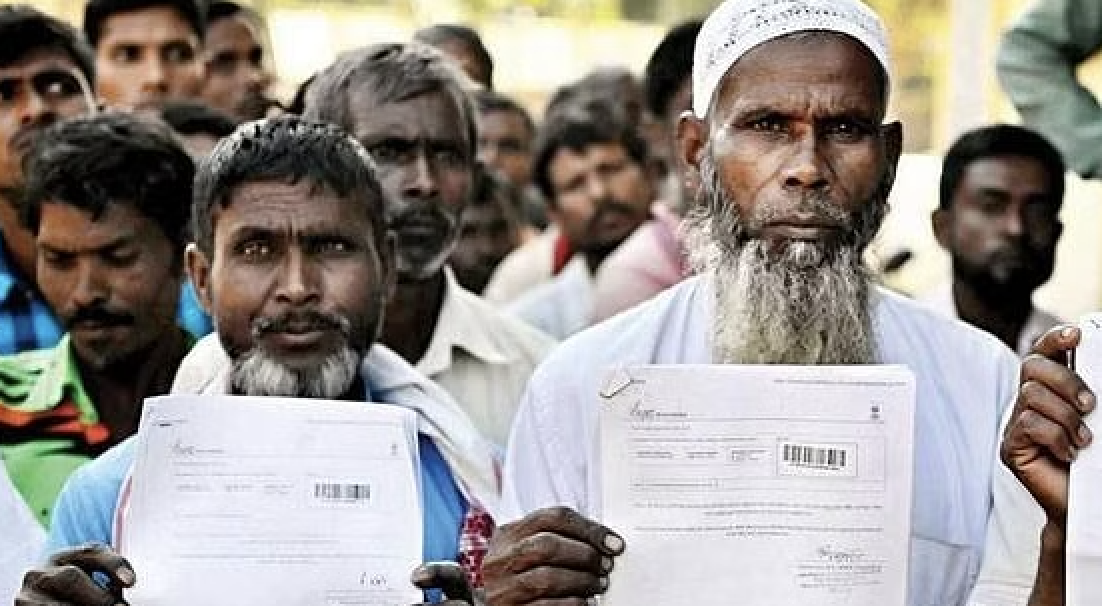
By Adeel Ahmed
It is but queer that when the legal world is humbled by the demise of Mr AG Noorani, a titan in constitutional law and a stalwart in his own right while championing the rights of the citizens of India, particularly that of the marginalised sections, should communalism and majoritarianism, spring its ugly head in Assam.
While coming across many of his acute theses on the subject, I found that he had rightly stated in an article titled Ambedkar’s Warning published by Frontline on 5 July 2017, “Proponents of Hindu supremacy knew that democracy could be used to establish a Hindu Raj. They and their followers have sought to use the vote for ends of power using the Hindutva card.”
When tales of Partition evoke horror, the terror of it continues to live in Assam, highlighted most recently in the persecution of ‘Miyas’ — the colloquial term often used for Muslims residing in the state and belonging to the Bengali-speaking community, particularly hailing from the erstwhile Mymensingh district of Bangladesh.
History and Geography
Mymensingh was one of the largest districts of undivided India. It was surrounded by the Garo Hills in the north and the forests of Bhawal Madhupur in the south, with the Meghna River originating from the Brahmaputra River in the west. Most modern historians agree that the ancient Bengal state was comprised of Greater Dhaka and Mymensingh districts.
This story was originally published in thequint.com. Read the full story here.

